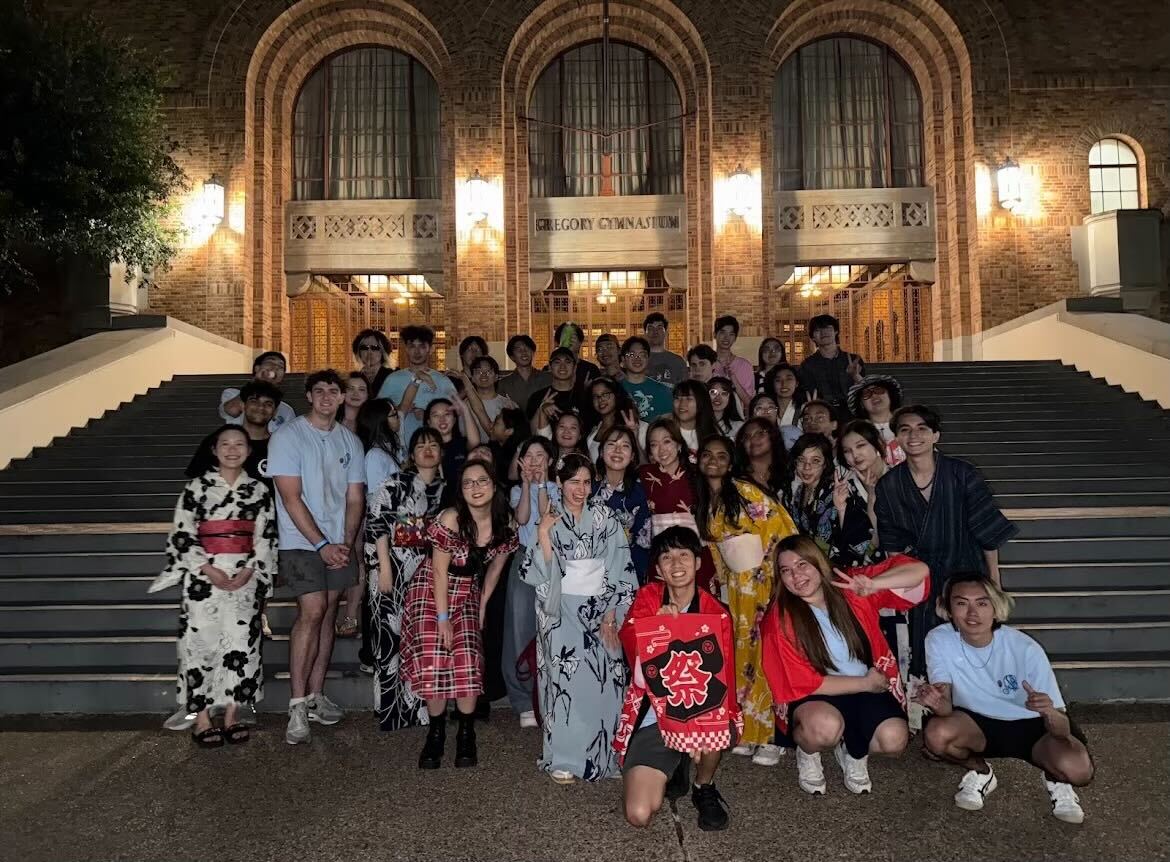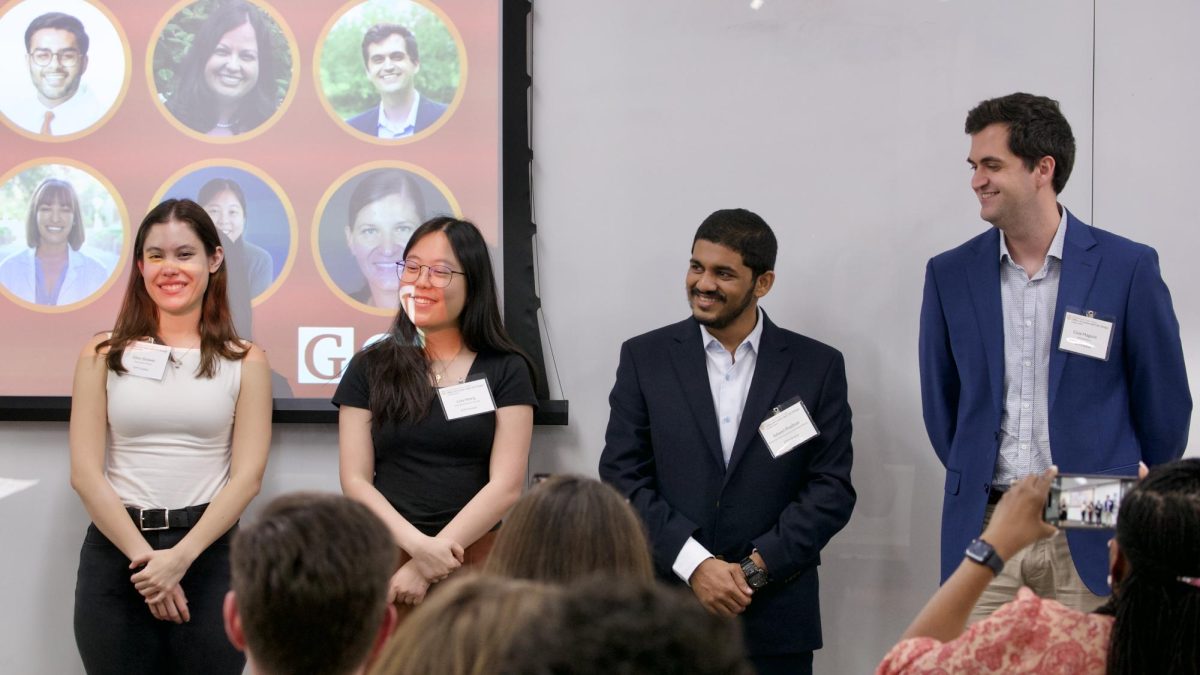With talk about neutrinos, bosons and muons, the field of particle physics often sounds less like science and more like something out of a Lewis Carroll poem. It’s not just that the field is abstract with weirdly named features that aren’t easy to explain to laymen. It’s that there’s so much of it, as if there’s an entire world at the subatomic scale that we’re just beginning to unravel.
In this case, “we” refers to the many scientists working at the Large Hadron Collider near Geneva, Switzerland, and not to very many others. This collider — commonly abbreviated as LHC — is what Lisa Randall’s new book, “Knocking on Heaven’s Door,” is about, though she makes detours along the way to discuss philosophy of science and risk assessment.
The LHC is perhaps the largest undertaking in the history of civilization. It’s a large structure roughly 17 miles in circumference that cost billions of dollars where scientists will use some of the most advanced technology to smash some of the smallest particles together in an effort to discover more about the universe we live in, including its origins.
If this is confusing for you, don’t feel too bad — it’s confusing for everybody. This is very abstract science and though Randall does her best, the parts of the book where she actually explains the LHC are the least successful. Others have tried to present these ideas in a simplified fashion, but the more they try, the clearer it becomes that these ideas are not simple — at least in the colloquial sense of the word.
Fortunately, there’s plenty more here for those with an interest in the field. The highlight of the book is Randall’s explanation of the construction of the LHC, along with the difficulties it faced along the way. One finishes this section with a new appreciation for the work of scientists and indeed, the accomplishments of humanity. It’s not just that we were able to build such a precise and advanced piece of equipment, it’s that we knew we could and have been working at it for 30 years.
The author addresses human persistence toward the end of the book. Scientists are often very smart individuals, but it takes more than mere intelligence to do what they do. They also have the kind of determination that allows them to follow through on their attempts to solve impossible problems and build impossible things. Anybody can dream big, but it takes a special kind of person to actually achieve those astronomical dreams.
Randall certainly has that kind of persistence, along with brainpower to spare, though she doesn’t come off as pretentious or smarter-than-thou as some other science writers do. She keeps her prose simple and adds some light humor, but it wouldn’t have hurt if she had more fun with it. She’s obviously cool, as the title of the book suggests — it’s taken from the title of a Bob Dylan song — and the chapter titles also feature some nerdy pop-culture references to “The Lord of the Rings.” But she doesn’t use that coolness in her prose. String theorist Brian Greene made great uses of Simpsons characters to add color to his analogies in “The Fabric of the Cosmos,” and Randall could have benefited from something similar here.
Still, “Knocking on Heaven’s Door” is an exciting read about the very edge of modern science. One doesn’t come away from the book with a profound understanding of what’s going on at the LHC, but it still inspires a sense of awe, appreciation and excitement for what the future holds.














